"Projection Technology is transforming how audiences experience art."
Formovie,
a pioneer in smart projection technology, is committed to providing consumers
around the globe with advanced visual experiences. In an exclusive interview, Mr. Sushil Motwani, Founder of Aytexcel
Pvt. Ltd. and official India Representative of Formovie, discusses the
rapidly evolving world of projection technology. Here are highlights from the
conversation:
Can you briefly explain what
advanced projection technology is and how it differs from traditional
projection methods?
A key difference between smart projectors and traditional
projectors is their light source. Smart projectors use DLP projection
technology combined with LED light sources, while traditional projectors rely
on high-pressure mercury lamp bulbs. These bulbs tend to generate significant
heat, have a shorter lifespan and require periodic replacement.
Modern laser projectors offer superior performance with enhanced
contrast, vibrant colours and a more immersive experience. Laser projectors
using ALPD® (Advanced Laser Phosphor Display) technology, are more
energy-efficient, generate less heat, and have greater longevity, making them
safer for prolonged viewing. ALPD® technology combines lasers and phosphor
materials to produce high-quality images, offering superior colour accuracy and
brightness with less eye strain compared to traditional systems.
RGB laser technology utilises pure red, green, and blue lasers
that can deliver exceptionally vivid colours. Modern projectors also
incorporate advancements like 4K UHD resolution and HDR for clearer and more
detailed images. The inclusion of UST technology enables large image projection
from short distances, making these projectors ideal for modern home theatre
setups.
What are some of the key
advancements in projection technology that have made it more appealing to
creative industries?
Modern
projection technology offers creative artists unmatched versatility, enhancing
the presentation of their work across various fields. Advanced projectors allow
large-scale image displays up to 150 inches, with seamless connectivity to
multiple sources, including smartphones. Whether for films, multimedia
presentations or art exhibitions, these devices significantly improve the
quality of the visual experience.
Key features like portability, ultra-short throw capabilities, and 360-degree projection enable immersive visuals, even in small or unconventional spaces. These projectors perform well in various lighting conditions, including daylight, and HDR technology enhances colour accuracy and contrast, making them ideal for innovative and dynamic presentations.
How is advanced projection technology being used in modern
filmmaking? Can you provide examples of films that have successfully integrated
these tools?
Digital
cameras have revolutionised filmmaking, with most movies now available in
stunning 4K and even in 8K formats. From the viewer’s perspective, the
experience has become more dynamic, thanks to innovative technologies like 3D,
VR headsets, IMAX and 7D.
For
example, consider the upcoming ‘Joker: Folie à Deux.’ This highly anticipated
sequel of 'Joker' (2019) is being filmed with the ARRI ALEXA 65, which offers a
resolution of 6560 x 3102 pixels, ensuring exceptional detail and immersion.
Moreover, IMAX will also be screening the film in 70mm theatres, a format
available in only 30 or so theatres worldwide.
So
while watching this movie at home, modern projectors may not match the grandeur
of an IMAX screen, but they can certainly deliver a compelling and immersive
experience akin to that of a modern cinema hall. With advanced features and
technologies, they provide viewers with a high-quality, engaging experience
that brings them closer to the action and enhances their connection with the film.
Could you share some notable examples of art installations where
projection played a crucial role?
Projection has become a crucial element in
various artistic installations, transforming how audiences experience creativity.
Interactive and 3D art installations often use projection mapping to blend
light, space and technology, creating immersive environments on everyday
surfaces. These can range from large-scale outdoor projects to intimate pieces
in smaller venues.
For
example, we have seen on various occasions how advanced projection mapping
techniques and high-resolution projectors have transformed the iconic Burj
Khalifa into a dynamic visual canvas. Similarly, this technology enhances stage
settings for high-profile events, interactive art, extraordinary virtual
reality experiences, performance art, dance and even sports.
What are some of the challenges and opportunities that come with
using projection technology in large-scale live events?
Projection
mapping is highly versatile and applicable across various events, including
corporate functions, product launches, conferences, concerts and festivals.
This technology can be customised to align with the theme and objectives of
each event, offering event planners significant opportunities, such as creating
immersive experiences with dynamic visuals, enhancing impact with
high-resolution displays and incorporating interactive elements that engage
audiences.
However, using this technology for large-scale live events also presents major challenges. These include integrating and calibrating multiple projectors for optimal image quality, managing environmental factors such as lighting and weather and synchronizing content across extensive displays, which requires technical expertise. Advanced equipment can be costly to purchase or rent, so thorough planning is essential for successful installation.
What market trends are driving the increased adoption of
projection technology?
According
to Precedence Research, the global laser projection market size is estimated to
be worth around US$ 92.79 billion by 2034, up from US$ 17.52 billion in 2024,
with Asia Pacific leading the market share in 2023. The key trends driving this
growth include the increasing demand for high-quality videos and the shift in
consumer preference within the home entertainment segment for enhanced viewing
experiences and larger screens. Other factors include the availability of 4K
content, growing demand in the education sector and the use of laser projectors
in diverse applications such as public screenings, gaming zones, digital retail
displays, medical imaging and industrial presentations.
Do you see a shift towards more immersive and interactive
experiences? If so, what are the key indicators?
Yes,
there is a clear shift towards more immersive and interactive experiences.
Brands now recognize the value of these experiences in capturing audience
attention and driving deeper engagement. Immersive content allows users to actively
participate, making interactions more memorable and personal. Technologies like
VR transport users into digital worlds, offering a multi-sensory experience
that brands can use for virtual tours, product showcases, and entertainment.
Meanwhile,
AR enhances real-world environments with digital overlays, providing
interactive experiences. For example, some online shops allow users to ‘place
the product in their room,’ where they can virtually position items in their
homes before making a purchase. Similarly, interactive documentaries and cinema
are attracting a good number of movie buffs. Some films are now featured in 4DX
in selected theatres, where effects like motion seats, water drops, wind,
strobe lights, snow and even scents and firework effects are used to add extra
thrill for viewers.
How should creative professionals prepare for the evolving landscape
of projection technology?
You know, the creative industry is one of the fastest-growing sectors with significant entertainment, cultural and economic value. It is also a field greatly influenced by technological advancements, making it essential for professionals and even consumers to stay updated. See, for creative professionals, understanding advanced projection techniques and related software is crucial, especially when organizing live events or producing films. Being aware of the latest developments in projection technology can significantly enhance content quality. Further, collaborating with projector manufacturers and technology providers can drive innovations. These coordinated efforts will lead to better integration of projection with other multimedia elements, allowing users to rely on fewer devices for enhanced experiences.
Are there any ethical or sustainability concerns associated with the use of projection technology in creative industries?
Many
cinema halls have transitioned from lamp-based projectors to laser projectors.
Laser projectors consume less power and generate less heat compared to their
lamp-based counterparts, and they offer the flexibility to switch easily
between 2D and 3D modes. Similarly, the home entertainment sector and other
applications are experiencing rapid growth in the use of advanced projection
technologies. Most of the high-end projectors are compact and designed with
longer lifespans, which helps reduce waste generation.
However, like other electronic devices, these projectors can contribute to increased carbon footprints if not managed properly. To address this, it is crucial to recycle unused or defunct devices appropriately. Choosing energy-efficient and recyclable projectors from manufacturers who adhere to sustainable practices can help mitigate environmental impacts.
Is there anything else you would like to share with our readers
about the impact of these technologies on the future of creativity?
At
present, 4K resolution remains the primary choice for high-definition content,
but this is likely to change as more 8K content becomes available.
Technological advancements will impact creative fields such as cinema. While 3D
and 4D cinema are prevalent, there may be a growing interest in 5D cinema,
which incorporates additional effects to enhance the sensory experience.
Immersive and interactive experiences will continue to be central to projection
technology.
Innovations
are likely to offer fresh dimensions for artistic expression, enabling the
creation of dynamic, multi-sensory content. The ability to project onto diverse
surfaces and integrate with other multimedia elements will drive the evolution
of content creation. This will likely lead to new artistic practices and live
performances, reshaping how content creators interact with their audiences.



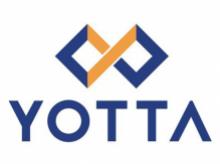

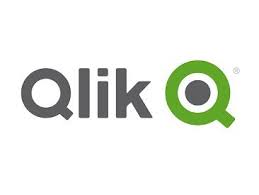



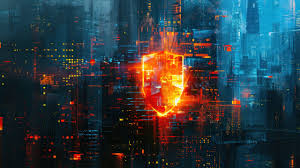




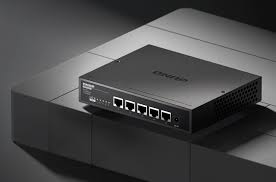
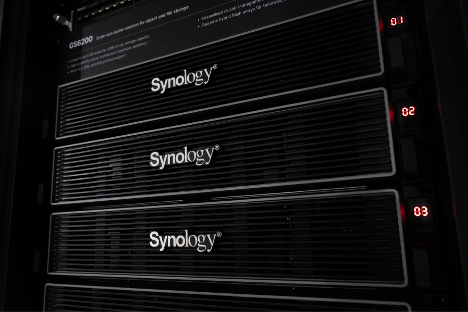





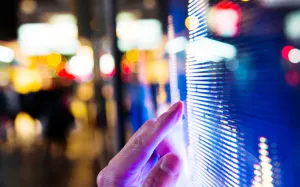
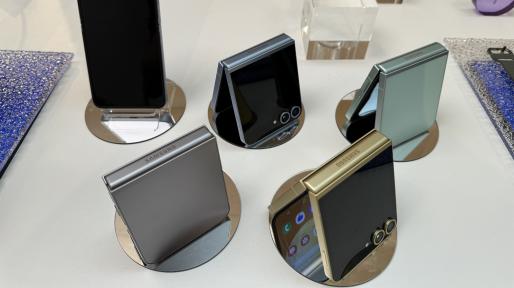










Leave A Comment